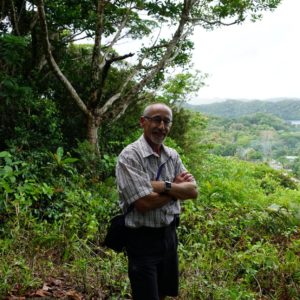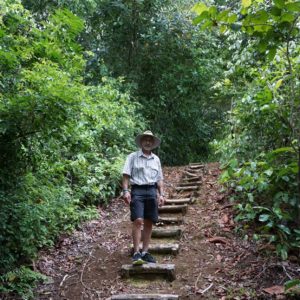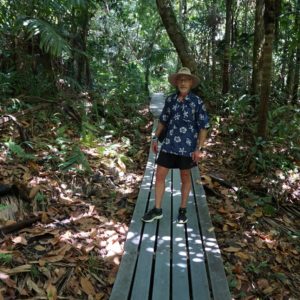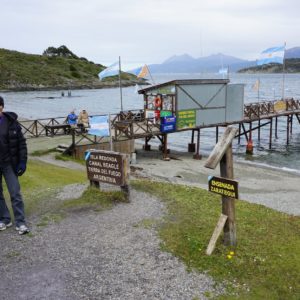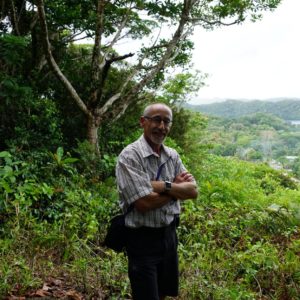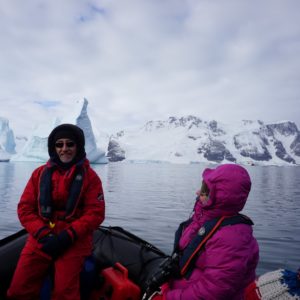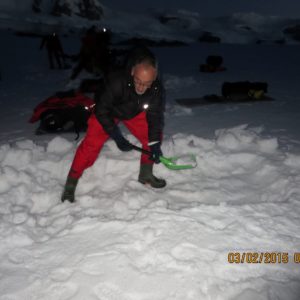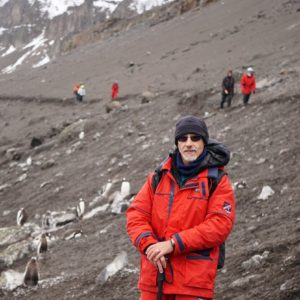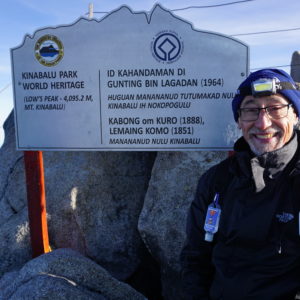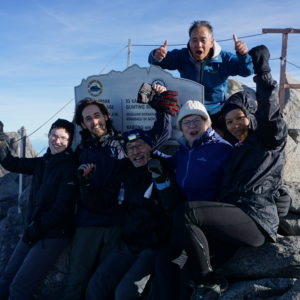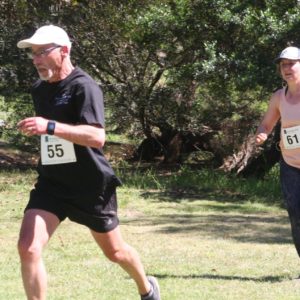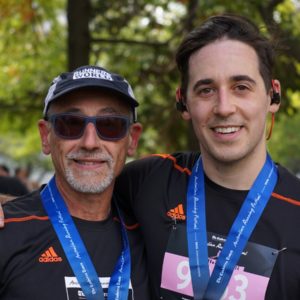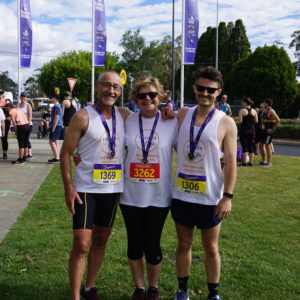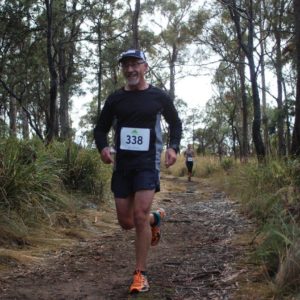Adventures with Type 1 Diabetes
The highs and lows of international travel with T1D and coeliac disease: A personal journey
Prior to the discovery of insulin, a diagnosis of type 1 diabetes was a death sentence. In the years immediately following the discovery of insulin, it became a life sentence. People living with type 1 diabetes faced many challenges with poor quality insulin, ignorance and prejudice about the condition and suffering serious complications of both the disease and its treatments. This led to many co-morbidities and significantly lower life expectancy.
With the advent of new and improved insulins, better delivery devices and affordable technology to allow accurate sensing of blood glucose levels, individuals with type 1 diabetes have enjoyed unprecedented health outcomes and quality of life. People with diabetes are no longer content to be dictated to by their condition and aspire to experience and enjoy the full spectrum of life’s offerings.
Imbued with this modern zeitgeist, I have embarked on adventurous travels that would test my knowledge of my diabetes and self-management skills. These have included a trip to Antarctica followed by a tour of Easter Island. Two extremes of global climate. More recently, a scuba diving trip to Palau followed by a trip to Borneo that included an ascent on Mt Kinabalu (4095m) took me way out of my comfort zones.
So, how did I, someone with co morbid type 1 diabetes for almost 4 decades and life-long coeliac disease manage this? I have no special abilities or talents. In fact, some might say that someone like myself in my 60s and below average height these are hazardous pursuits, irrespective of diabetes and coeliac disease.
What is required to mitigate risk is some careful planning and at times intuitive, if not scientifically robust solutions to challenges faced on these journeys.
Three key insights I would like to share:
Meticulous planning.
Imagine every conceivable challenge you might face and have ways to address them.
Safety first. Always. Bail out if you feel unsafe.
Pack double your anticipated diabetes paraphernalia (Insulin, infusion sets, BGL monitors etc). Take medical kits and have all the advised vaccines and malaria prophylaxis. Travel insurance is mandatory.
The most likely limiting factor preventing you doing something challenging is probably you.
Is the proposed activity unsafe or is this just the noise of self-doubt in my head? If it’s unsafe, see point #2 above. If it’s a lack of confidence, give it a try. You will probably not travel to that location again.
There is much more to say but for now I’d like to share some of the highlights of the trips.
